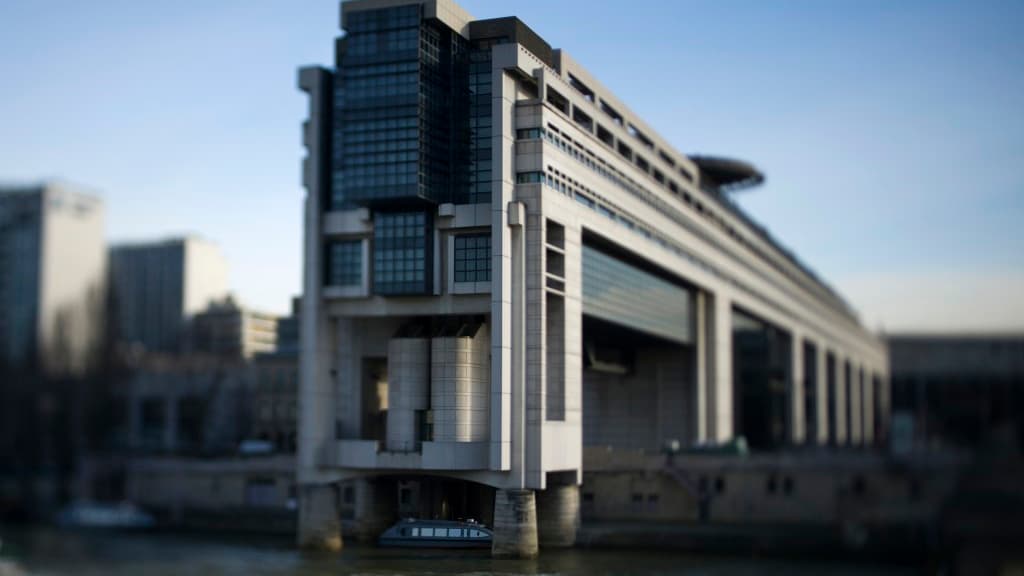In March 2020, Emmanuel Macron promised to support companies and employees weakened by the consequences of the health crisis, citing “whatever the cost”. A year later, we look back at the financial support mechanisms put in place by the executive and which cost 170 billion euros.
The formula marked the spirits. In March 2020, Emmanuel Macron promised to put on the table as much financial means as will be necessary to face the economic repercussions of the coronavirus. The famous “Whatever the cost”.
Since then, the state has spent lavishly to preserve the French economy as much as possible, which all the same showed a drop of 8.2% last year. But households and businesses will have respectively absorbed “only” 4% and 30% of the shock thanks to the support measures, according to the French Office of Economic Conjunctures (OFCE). Overview.
• Partial unemployment
To limit layoffs as much as possible, the executive first opened the floodgates for partial unemployment. If the device already existed, it was made much more generous, to the point that the State took charge of 100% of the indemnities of nearly 9 million employees placed in partial activity at the height of the crisis. That is to say almost half of the employees of the private sector.
Today, 2.1 million employees are still affected by partial unemployment, mainly in disaster-stricken sectors such as hotels and restaurants, culture, events, etc.
For them, the State has maintained 100% coverage of compensation paid to employees. In the sectors which function normally, on the other hand, companies must assume a remaining charge of 15%. And this threshold should be hardened to 40% from May, said Tuesday the Minister of Labor, Elisabeth Borne.
The fact remains that partial unemployment has been over the past year the most costly measure of “whatever it costs” with 30 billion euros spent by the State. But also the most protective.
• Solidarity fund
Specially created to support the most troubled companies, the solidarity fund aims to compensate the operating losses of the latter. This aid has evolved regularly since the start of the Covid-19 epidemic with no less than 16 different versions!
Today, a company can, at best, touch each month up to 20% of its turnover within the limit of 200,000 euros. For a year, the State has spent 17 billion euros under the solidarity fund which has benefited 2 million companies.
• Deferrals and exemptions of charges
Companies weakened by the health crisis have also been able to benefit from postponements or even exemptions from social and tax charges.
To date, the first represent 50 billion euros in less revenue for the state coffers, according to figures communicated by Jean Castex on Wednesday. Even if this shortfall is in theory only temporary. The exemptions, that is to say the outright cancellations of these charges for administratively closed sectors, have weighed in at 8 billion euros since the start of the crisis.
PGE
Another device that did not exist before the crisis: loans guaranteed by the State. A tool supposed to support the cash flow of companies thanks to loans at very low rates and covered up to 90% by the State in the event of bankruptcy.
The EMPs have met with great success over the past year: 133 billion euros have been distributed by banks to 657,000 companies.
Taken together, this emergency public aid represented 77 billion euros of expenditure. A bill to which must be added the loss of tax revenue linked to the decline in economic activity, ie 93 billion in lost earnings. Thus, a year after the start of the Covid-19 epidemic, the “Whatever the cost” amounts to 170 billion euros.


